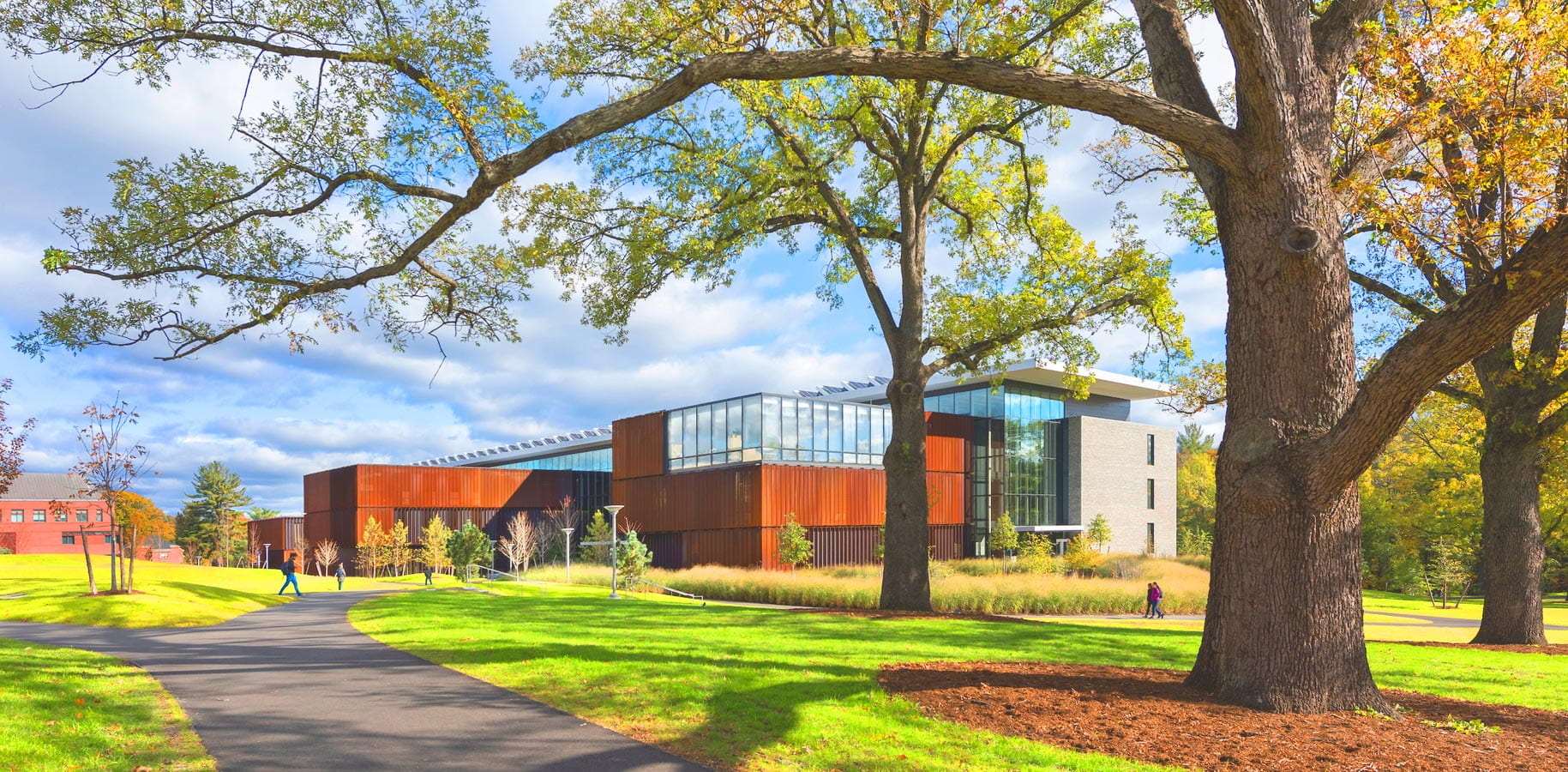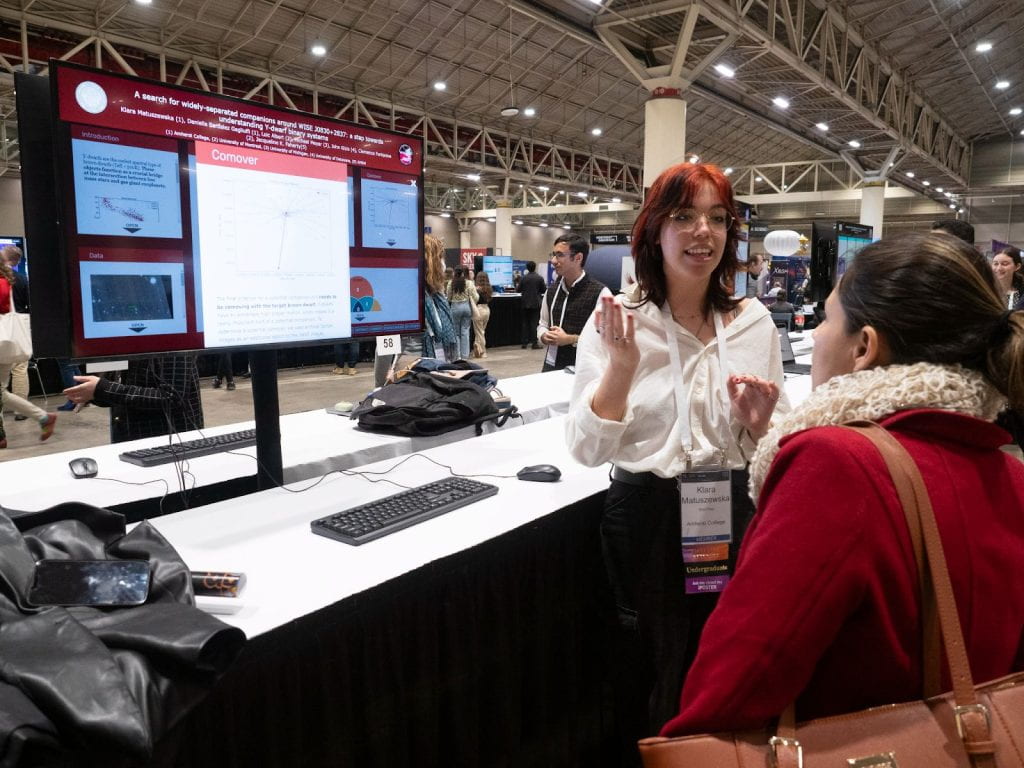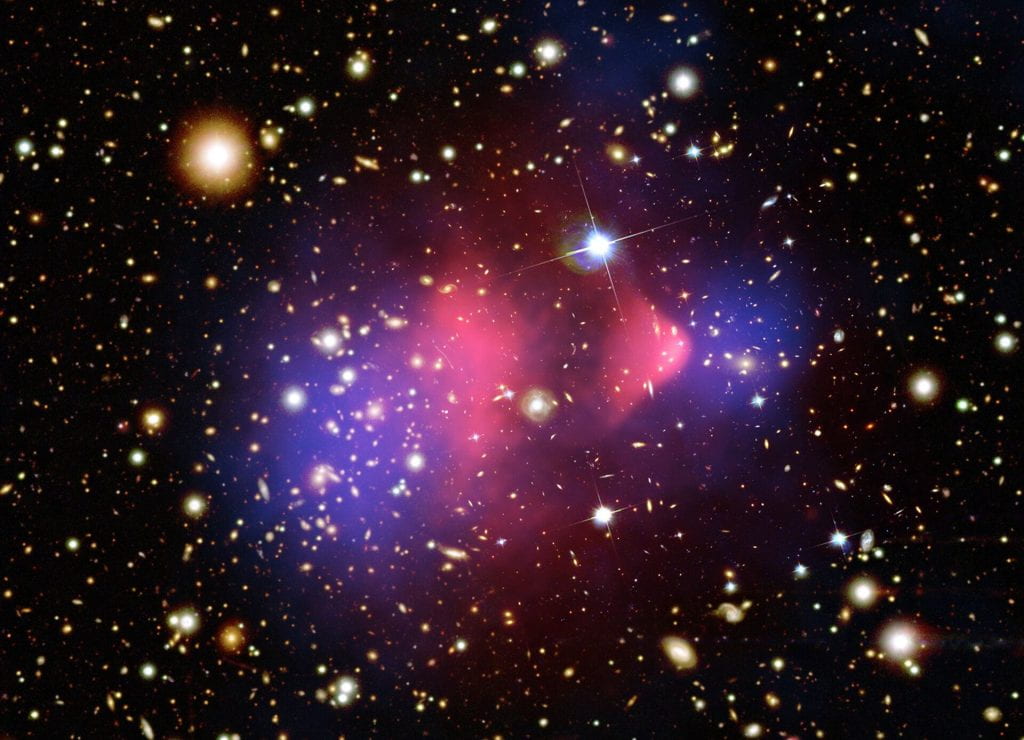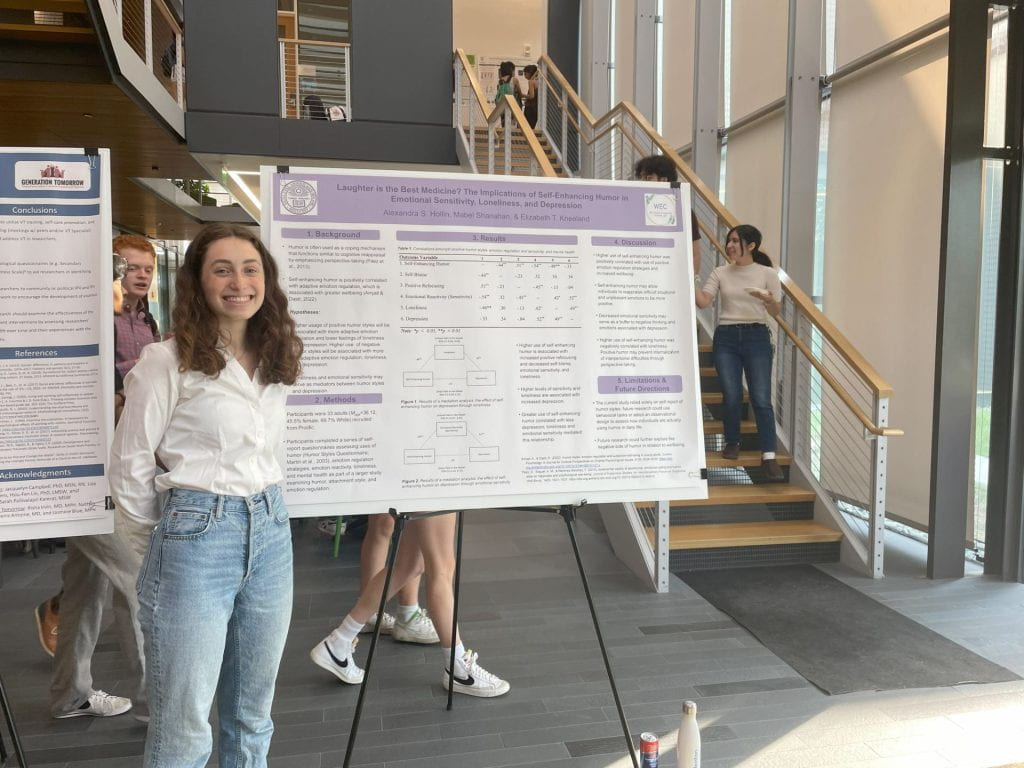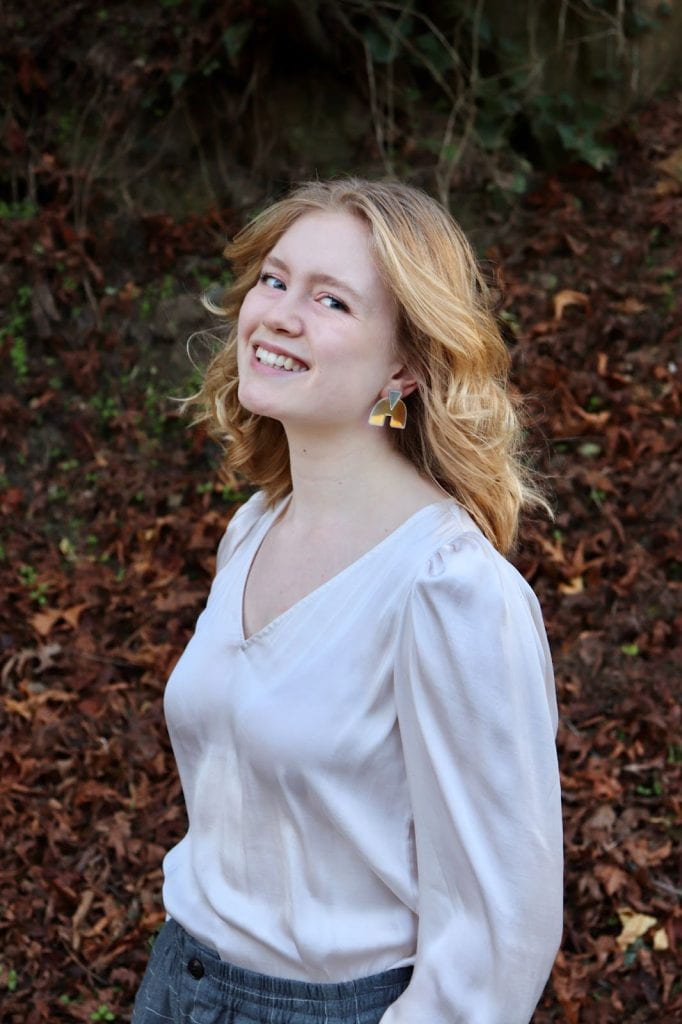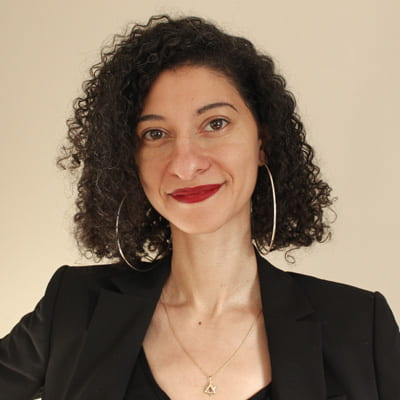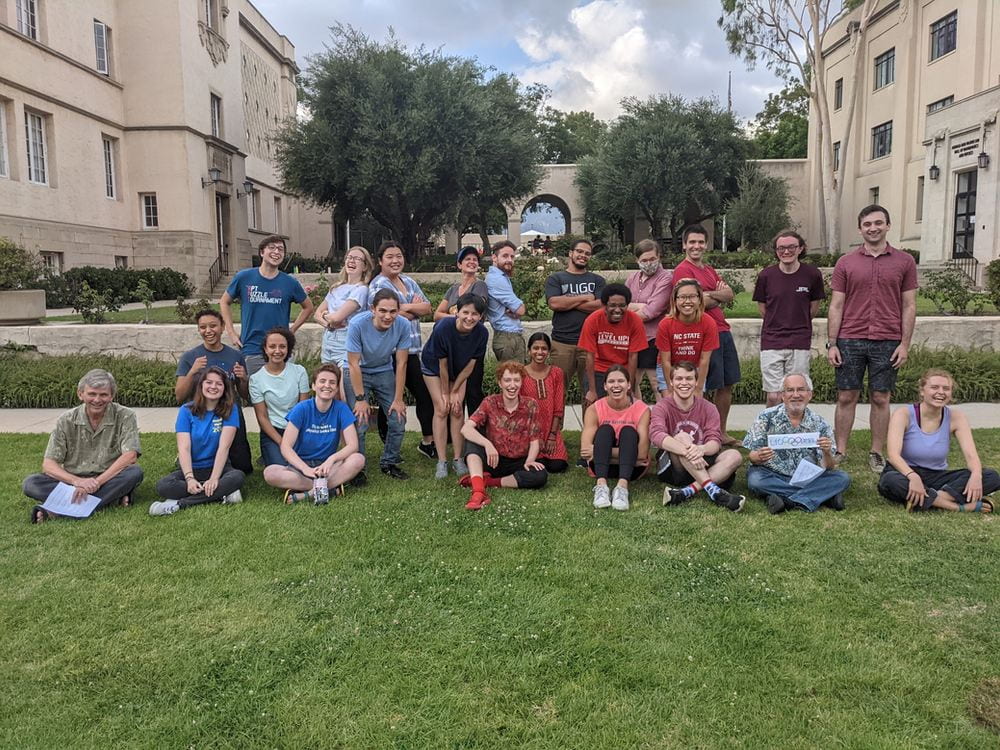By Fernanda Morais Cover image credit: NASA Astrobiology On February 25, Dr. Mark Popinchalk, a postdoctoral fellow at the American Museum of Natural History, visited the Amherst Physics & Astronomy Department for its weekly colloquium. Dr. Popinchalk is a member of the Brown Dwarfs in New York City (BDNYC) research group. Brown dwarfs are objects…
Team Dust or Team Plasma: What Is Causing this Dimming?

